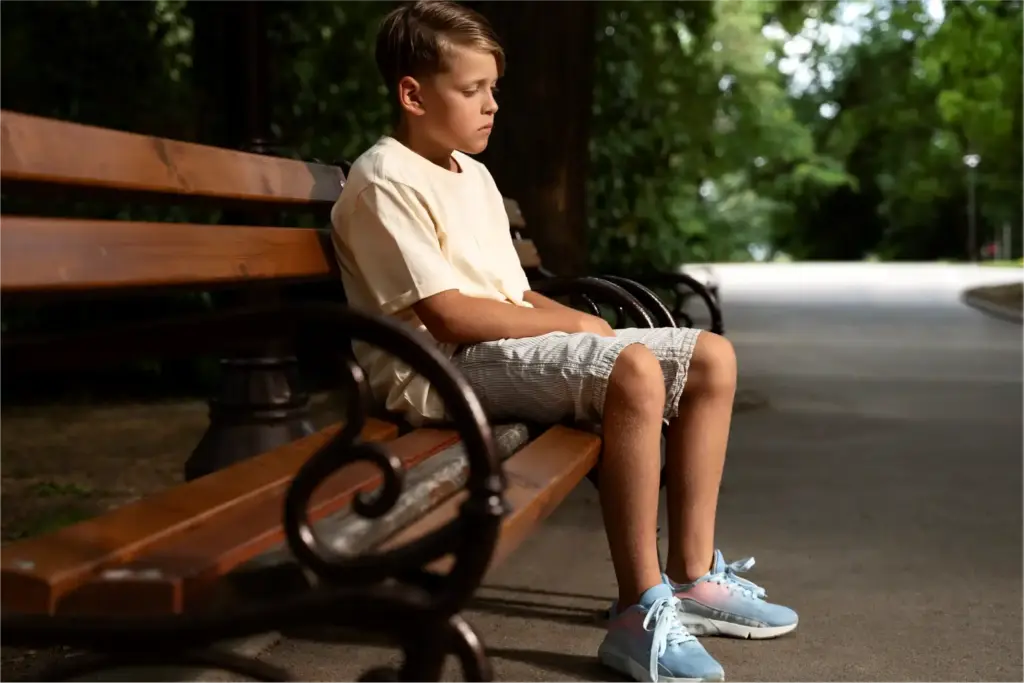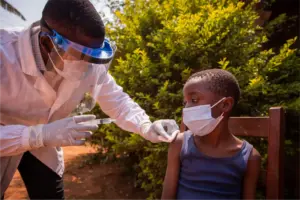
Teen social withdrawal: Teenagers who consistently pull back from peers show measurable differences in brain structure and connectivity, changes linked to decision-making and social behaviour, according to research published in Cerebral Cortex.
Analysing brain scans from nearly 3,000 adolescents in the US-wide Adolescent Brain Cognitive Development (ABCD) cohort, researchers found that youth who preferred solitude had a thinner cortex in regions involved in social and emotional processing, including the insula and anterior cingulate.
Also Read | India’s diet heavy on low-quality carbs linked to higher metabolic risk: Study
They also showed weaker connectivity and greater fragility across circuits supporting social behaviour and decision-making. Notably, the team reported signs of a more vulnerable cerebellum, a structure crucial for coordination, balance, and posture.
“These findings confirm that social isolation affects not only brain areas supporting social function but other processes as well,” said lead author Caterina Stamoulis of Boston Children’s Hospital. “Its association with widespread brain circuits suggests social isolation may raise risk for mental-health issues.”
The structural differences were not confined to a single area but spanned multiple networks, suggesting a broader cognitive impact. While some alone time is typical and healthy, during adolescence, the authors say persistent withdrawal may warrant attention from families and clinicians. Early recognition, they add, can help contextualise concerns by linking behaviour to observable brain changes.
The ABCD study tracks more than 11,000 young people across the US, combining neuroimaging with behavioural and environmental data to map how the brain develops and how mental health evolves.








